Université de Sogang (서강대학교)
11.8Km 2023-07-05
Sinsu-dong, Mapo-gu, Seoul-si
+82-2-705-8114
L’université de Sogang est une université jésuite, privée et mixte, située dans le centre-ville de Séoul.
La proximité géographique de cette université avec d’autres prestigieux établissements d’études supérieures, comme l’université de Yonsei et l’université féminine de Ewha, contribue à la vitalité intellectuelle et sociale de la vie étudiante.
Centre d'accueil de l'université Ehwa (이화웰컴센터)
11.8Km 2022-04-01
52, Ehwa Women Université road, Seodaemun-gu, Seoul (서울특별시 서대문구 이화여대길 52)
Le centre Welcome Center de Ehwa est le premier centre du genre dans un campus universitaire (2003). Il sert notamment de centre d'accueil pour tous les étudiants et propose également divers produits liés à cette université. Il est également possible de profiter d'expositions sur place. Le lieu offre également des visites guidés pour le public étranger souhaitant découvrir l'université.
Parc départemental de la forteresse Namhansanseong (남한산성도립공원)
11.8Km 2020-06-15
158-1 Jungbu-myeon Gwangju-si Gyeonggi-do
+82-31-746-1088
La forteresse Namhansan-seong, très populaire permet de faire de l’escalade ou des ballades en voiture juste à côté de Séoul. La montagne est connue pour être belle tout au long des quatres saisons. Au printemps, les acacias s’épaississent, en été le vert de la forêt envahit toute la montagne, tandis que en automne les visiteurs y viennent pour ses couleurs rougissantes.
La forteresse située sur le mont Namhan-san fut à l’origine construit en terre durant la dynastie Gogureyo il y a de cela 2.000 ans. Mais après plusieurs rénovations, le roi Gwang Haegun de la dynastie Joseon la restructura complétement en 1621. Si vous montez sur Iljang-san, le sommet le plus haut, vous pourez contempler la zone de Nakjo à Incheon, Séoul mais également toute la zone l’entourant, correspondant au Gyeonggido.
Concernant la forteresse, elle est située en terrain escarpé ce qui en fait un site aisé à défendre, cependant son centre étant plat et bas elle est également un lieu comfortable pour résider. Ce sont des paramètres fondamentaux pour une forteresse de montagne. La forteresse se structure entre des remparts internes et externes. La circonférence totale de la forteresse est de 9,05 Km et sa hauteur varie de 3 à 7,5 m, sa forme est un quadrilatère qui s’étire d’est en ouest. Durant l’antiquité la forteresse abritait diverses installation notamment un palais temporaire qui pouvait accueillir le roi, cependant il n’en reste rien à présent.
Village traditionnel culinaire Namhansanseong (남한산성 전통음식마을)
11.8Km 2020-08-28
731 Namhansanseong-ro, Namhansanseong-myeon, Gwangju-si, Gyeonggi-do
+82-31-762-3010
Le village de la gastronomie traditionnelle autour de la forteresse Namhansanseong propose de nombreux restaurants avec des plats de riz, de dotorimuk, de tojongdak, et d'autres plats traditionnels. La zone se distingue par son histoire très ancienne avec des restaurants de type hanok autour de la forteresse Namhansanseong datant de la dynastie Joseon.
PEYO (뻬요)
11.8Km 2016-09-05
14 Ehwayeodae 5-gil, Seodaemun-gu, Seoul
02-312-8535
Ce petit café propose des macarons traditionnels du Pays Basque selon une recette familiale. Les macarons ne sont pas preparés à l’aide de farine ou de beurre, mais à base de poudre d’amande. Ouvert tous les jours sauf le dimanche, la boutique propose plusieurs saveurs : originale, chocolat, myrtille, thé vert, canelle et bien d’autres.
9 Fox (나인폭스)
11.8Km 2016-09-05
14, Ewhayeodae 7-gil, Seodaemun-gu, Seoul-si
+82-2-6326-7171
9 Fox offert des accessoires artisanaux de qualité faits à partir des Swarovski cristaux. Ils sont très populaires parmi les coréens et visiteurs internationnaux grâce à leur design unique et leur prix raisonnables.
E-mart de Mia (이마트-미아점)
11.8Km 2016-09-05
17, Dobong-ro, Seongbuk-gu, Seoul-si
+82-2-944-1234
E-mart est un supermarché discount géré par Shinsegae Co. Ltd., et la branche de Mia est composé de deux étages en sous-sol, et cinq étages supérieurs.
Il est situé près de la station de Miasamgeori (Ligne 4) et pour les courses en famille, il y a entre autres une aire de repos, une aire de restauration et une aire de jeux pour les enfants.
A l’étage B1 il y a la boulangerie Day & Day, qui offre du pain frais tous les jours, et une section de produits biologiques. Il y a également un opticien, une aire de restauration (coréen et japonais), une boutique à vin et bien d’autres équipements pour que les clients apprécient leur shopping.
Près de l’E-mart , vous pourrez visiter le Jeongneung, qui était la première tombe royale de la dynastie Joseon fait pour une reine et le mur de la forteresse de Séoul Bugaksan qui est également une attraction populaire parmi les touristes étrangers.
The Hyusik Simdo Hôtel & Spa – Sillim (더휴식 심도 호텔 앤 스파 신림역점)
11.8Km 2025-05-19
7, Nambusunhwan-ro 181-gil, Gwanak-gu, Seoul
The Hyusik Simdo Hôtel & Spa – Sillim propose un large choix de chambres, allant de la chambre Standard fidèle à l’essentiel, à la chambre Music pour une immersion dans vos goûts personnels, la chambre Wellness avec un lit de massage haut de gamme pour détendre le corps, ou encore la chambre Movie, un véritable cinéma privé. Pour les amateurs de jeux, la chambre 2PC est équipée d’ordinateurs performants. Quatre types de chambres Spa enveloppent le cœur comme le corps de chaleur et de réconfort. Enfin, la chambre Bunker, dotée d’un lit superposé à deux niveaux, peut accueillir confortablement jusqu’à quatre personnes. Un lieu où chacun peut choisir le repos qui lui convient.
Musée de l’université féminine d'Ewha (이화여자대학교박물관)
11.9Km 2022-09-14
52, Ewhayeodae-gil, Seodaemun-gu, Seoul-si
+82-2-3277-3152
Le musée de l’université féminine de Ewha a été inauguré en 1935 dans le but de préserver l’héritage coréen. Au début, des objets en lien avec l’art folklorique, le travail du bois traditionnel et la poterie étaient exposés dans le hall du bâtiment pincipal de l’université afin d’empêcher leur confiscation. Suite à cela, un musée fut ouvert pour conserver et exposer la collection. Depuis 1972, une exposition de la collection du musée a eu lieu chaque année, et depuis 1996, le musée organise également une exposition spéciale qui prend pour thème une catégorie d’objets de l’héritage culturel. D’autres expositions de moindre importance ont lieu fréquemment afin de sensibiliser le public sur la culture et les arts traditionnels coréens. En tant que centre de recherche sur la céramique, le musée concentre ses resources sur la recherche et l’excavation de fours. Afin de préserver et d’étudier des reliques de valeur historique, les équipes de fouilles ont voyagé dans diverses régions du pays pour étudier des sites historiques et découvrir des artefacts de valeur. Grâce à la publication de livres et de rapports sur ses découvertes, le musée a contribué à améliorer la connaissance et la sensibilité à propos de l’héritage culturel coréen dans le monde universitaire et parmi le public.
Mado (마도)
11.9Km 2021-03-29
11, Uisadang-daero 1-gil, Yeongdeungpo-gu, Seoul
+82-2-784-2660
A restaurant specializing in Japanese course meal menu. This Japanese (cuisine) restaurant is located in Yeongdeungpo-gu, Seoul. The most famous menu is seafood yaki ddon.

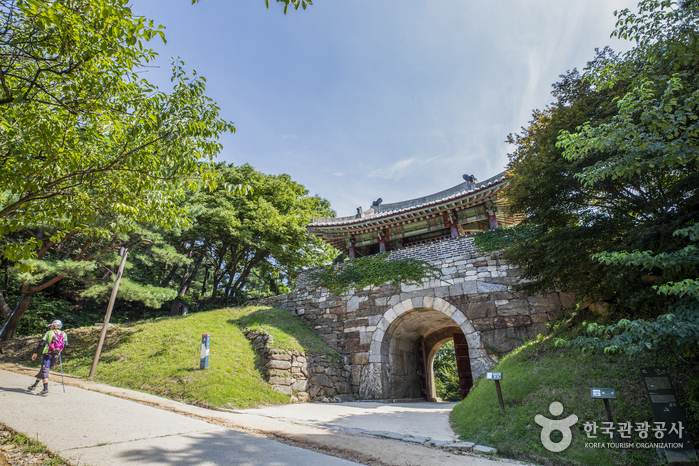
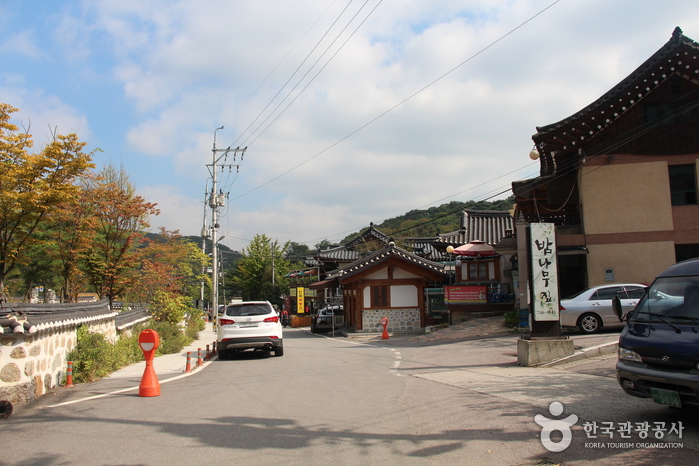
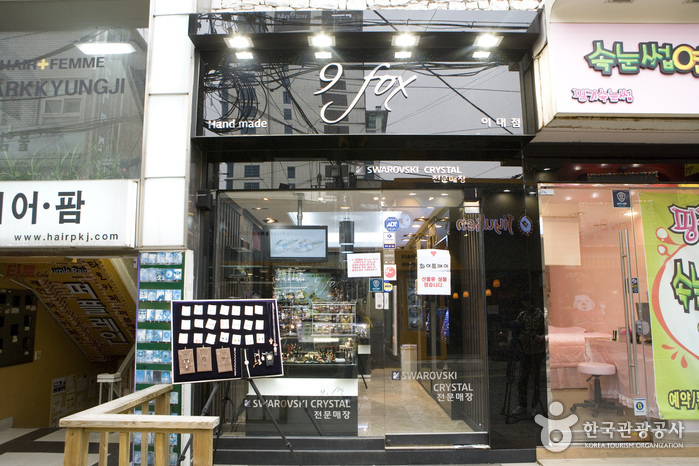
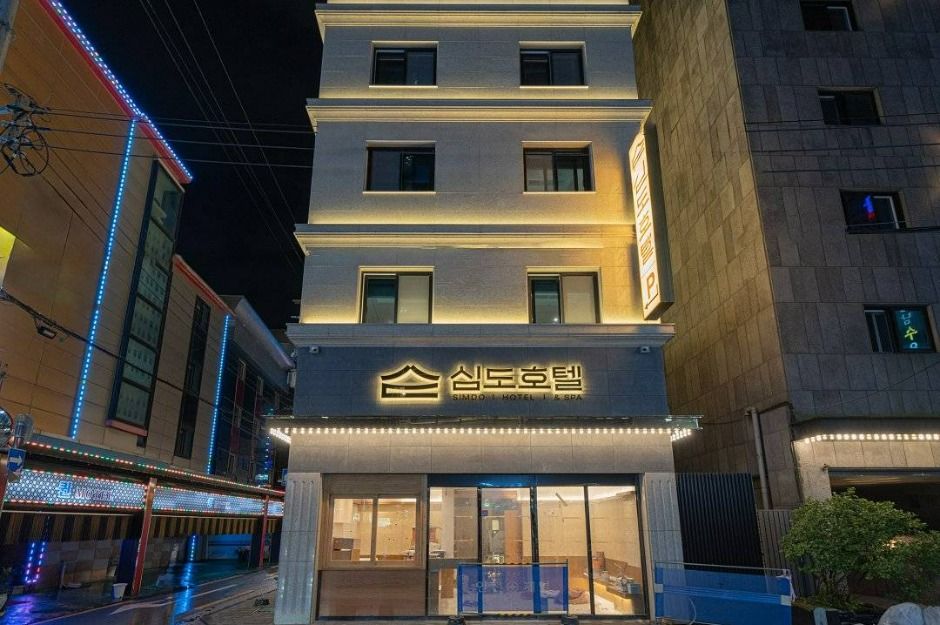
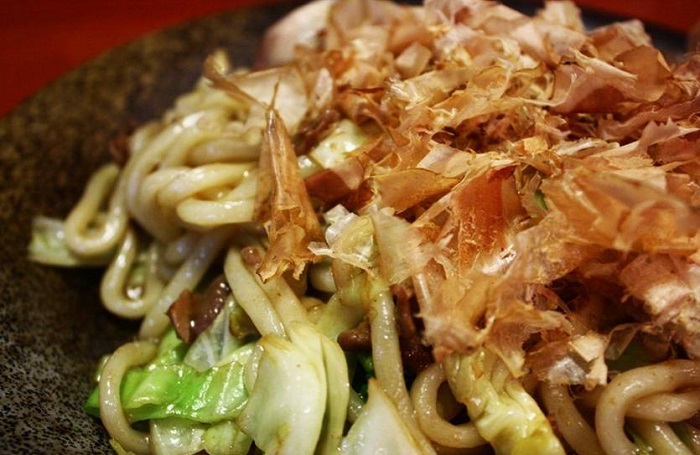
 Français
Français
 한국어
한국어 English
English 日本語
日本語 中文(简体)
中文(简体) Deutsch
Deutsch Español
Español Русский
Русский